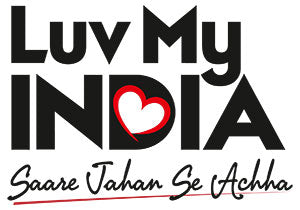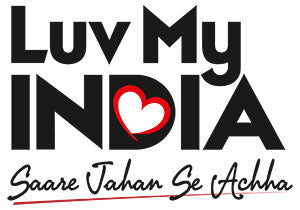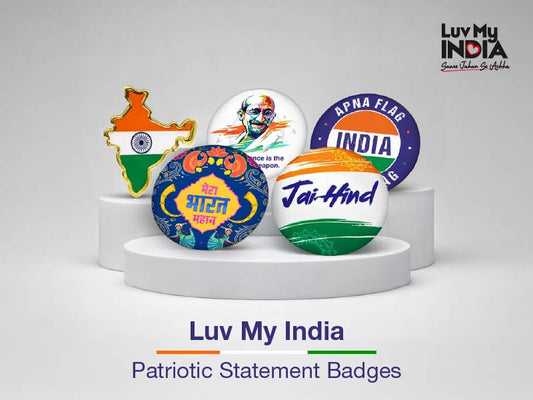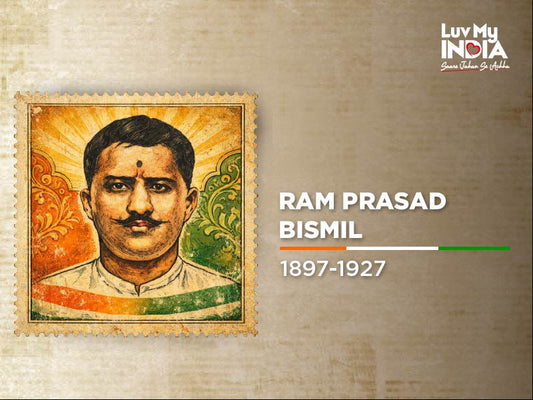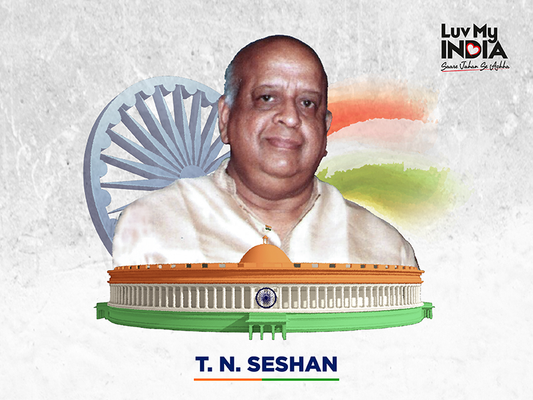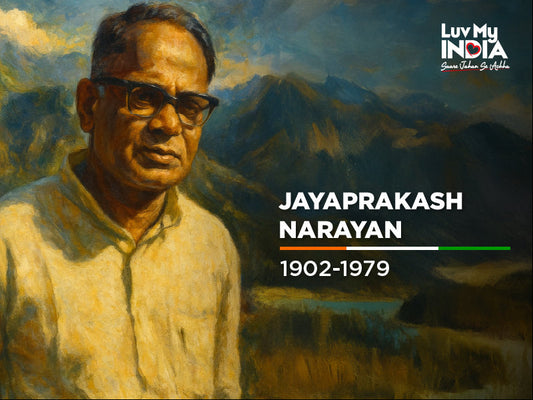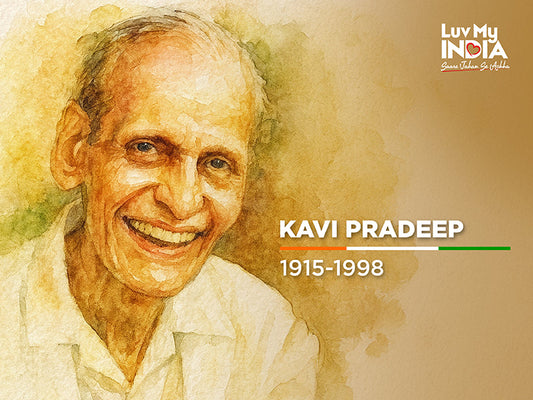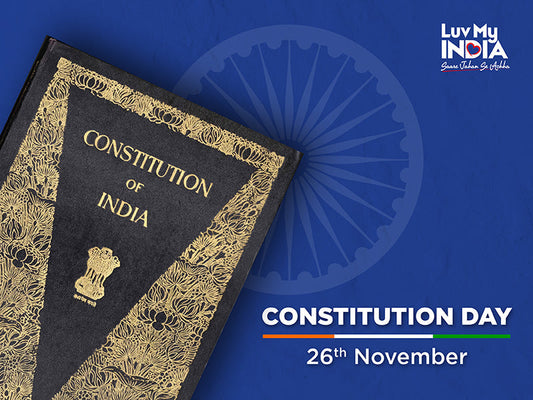A nation is not just a landmass marked on a map; it is a living, breathing soul. And like every soul, it speaks a language beyond words — the language of symbols.
In the quiet grace of a peacock’s feathers, in the majestic stride of a tiger and in the delicate bloom of a lotus floating above water, lies the essence of India. These are not mere objects, they are keepers of our pride, storytellers of our civilisation and silent guardians of a shared identity.
They are not chosen at random, they are woven from centuries of history, cultural depth and nature’s poetry. Each symbol is a promise, telling us that our heritage is not just written in books, but etched in the feathers, fur and petals that live alongside us.
The Indian peacock, with its resplendent feathers shimmering in blues and greens, was declared our national bird in 1963. The choice was not merely for its beauty but for its deep cultural and spiritual significance. In Indian mythology, it is the mount of Lord Kartikeya and is associated with Goddess Saraswati. By making the peacock our national bird, India chose a living emblem of grace, elegance and eternal optimism.
Declared the national animal in 1973, the Royal Bengal Tiger symbolises strength and unyielding spirit. At a time when the tiger’s population was dangerously declining, Project Tiger was launched, making the animal a national priority. Its roar in the wilderness echoes our nation’s call for independence. It is the vehicle of Goddess Durga, the destroyer of evil, signifying the nation’s moral and physical strength. In choosing the tiger, India chose a living embodiment of valour, a protector of our land and a reminder that strength is most noble when it safeguards, not destroys.
The lotus, declared the national flower, represents purity, enlightenment and self-regeneration. It blooms in muddy waters, untouched by the impurity around it; a metaphor for rising above adversity while retaining one’s integrity. In Indian art, literature and spirituality, the lotus is a recurring symbol seen in the hands of deities, in temple carvings and in ancient manuscripts. It signifies that beauty and virtue can flourish even in the harshest conditions.
These symbols are not ornamental; they are emotional lifelines. When the peacock spreads its feathers, when the tiger prowls in quiet dignity, when the lotus greets the morning sun, they remind us that India’s beauty lies not just in monuments and history books but in its every essence. They give every citizen something to hold on in a sense of identity that transcends language, religion or region.
For the freedom fighters, these emblems were a quiet rebellion. They could be stitched into khadi cloth, drawn in secret or spoken about in hushed voices yet they carried the weight of an entire nation’s longing for freedom. Today, they stand as silent witnesses to both our struggle and our sovereignty.
At Luv My India, we believe that preserving the legacy of our national symbols is not just a matter of patriotism but of national responsibility. Through our meticulously designed National Symbols clothing and accessory collection, we bring them into everyday life, not as decorative elements but as reminders of pride, heritage and unity. We are committed to ensuring that these symbols are not confined to history lessons but live vibrantly in the present.
In a rapidly changing world, traditions risk fading. But our national symbols are threads in the fabric of our unity that must never break. The peacock’s colours, the tiger’s roar, the lotus’s bloom; they are India’s silent vows to its people. And as long as we honour them, we honour the spirit of the nation itself.
Luv My India stands firm in this mission, carrying forward the flame of patriotism and ensuring that the heartbeats of our nation, our national symbols, remain strong, vibrant and eternal. Because, we believe that honouring these symbols is more than a gesture, it is our duty to ensure that their legacy never fades from the heart of the people.

